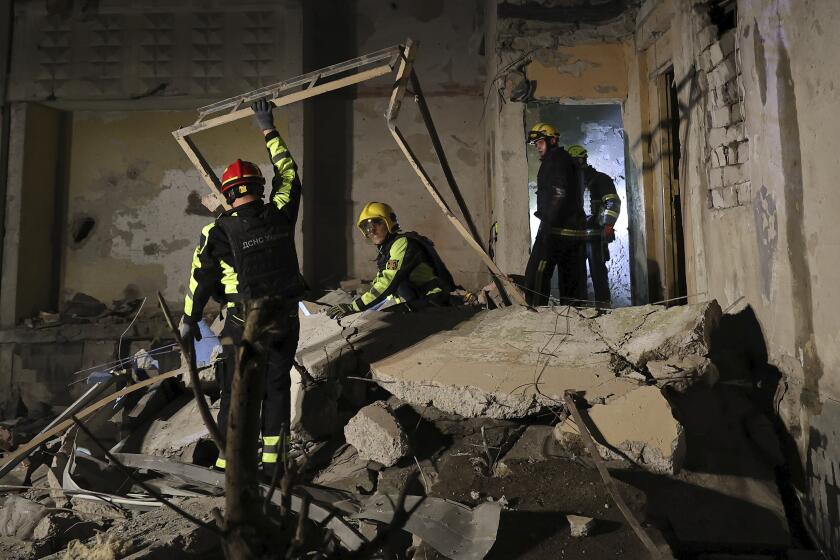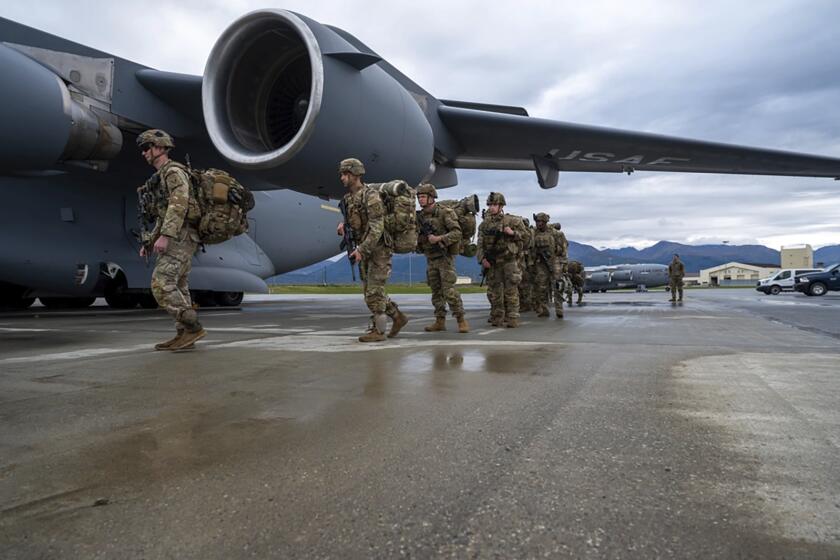Hearings Reveal More Katrina Missteps
Five months after Hurricane Katrina flooded New Orleans and left thousands of residents clinging to their rooftops, investigators are unearthing more dramatic examples of bungling by officials at all levels of government.
In hearings before the Senate Homeland Security and Governmental Affairs Committee this week, witnesses offered instances in which good intentions went awry and bureaucratic inertia stymied recovery efforts in the aftermath of the storm.
On Sunday, Aug. 28, the day before Katrina was expected to make landfall as a Category 4 or 5 storm, the Louisiana Department of Wildlife and Fisheries requested 300 rubber boats. State emergency personnel, anticipating a greater need, upped the number to 1,000, marked it “red-high” priority and sent it to the Federal Emergency Management Agency.
But when officials from the Pentagon, the Army Corps of Engineers, FEMA and the Coast Guard took up the request at a regional office in Denton, Texas, they decided Louisiana had asked for the wrong kind of boats and, instead of 1,000, they sent fewer than 50.
“They decided that rubber boats, in the environment they were working in, would not be useful with the debris,” said William Lokey, FEMA’s operations branch chief in New Orleans. “More substantial boats were procured. I believe 20 Zodiacs and 27 flat bottom were sent into use.”
Lt. Col. Keith Lacaze, a state wildlife and fisheries officer involved in the rescue operation, told senators that the requested boats could have been towed behind motor boats to evacuate more people. And they could have been used in shallow waters to pull disabled and injured residents to safer perches for rescue by helicopter.
Soon after Katrina struck, FEMA also rejected help from the Interior Department. According to a memo released by the committee, the department offered 400 trained law enforcement officers, 300 boats, 119 pieces of heavy equipment, 11 aircraft and use of parks and campgrounds for staging areas or even emergency shelters.
“Clearly these assets and skills were precisely relevant to the post-Katrina environment,” the Interior Department said in a memo to the committee.
Throughout the hearings, witnesses underscored the costly consequences of a lack of central command and breakdowns in communication. Many pointed to federally sponsored simulation of a fictional Hurricane Pam in 2004, which concluded that a Category 3 storm could kill up to 60,000 people and require the evacuation of 100,000.
“As a dry run for the real thing, Pam should have been a wake-up call,” said Sen. Susan Collins (R-Maine), the head of the committee. “A more appropriate name for Pam should have been Cassandra, the mythical prophet who warned of disasters but whom no one believed.”
The Bush White House has refused to provide key documents or allow administration officials to testify, asserting executive privilege. Collins has accused the White House of crippling the inquiry.
Calling for an independent commission, Democrats are boycotting a similar inquiry on the House side. The General Accounting Office is set to release a preliminary report for the House today.
Collins revealed Tuesday that state officials declined help from the Department of Health and Human Services. State officials said the federal agency -- which offered assistance in “patient movement or evacuation or anything else” -- could not deliver what it was offering.
More to Read
Sign up for Essential California
The most important California stories and recommendations in your inbox every morning.
You may occasionally receive promotional content from the Los Angeles Times.









